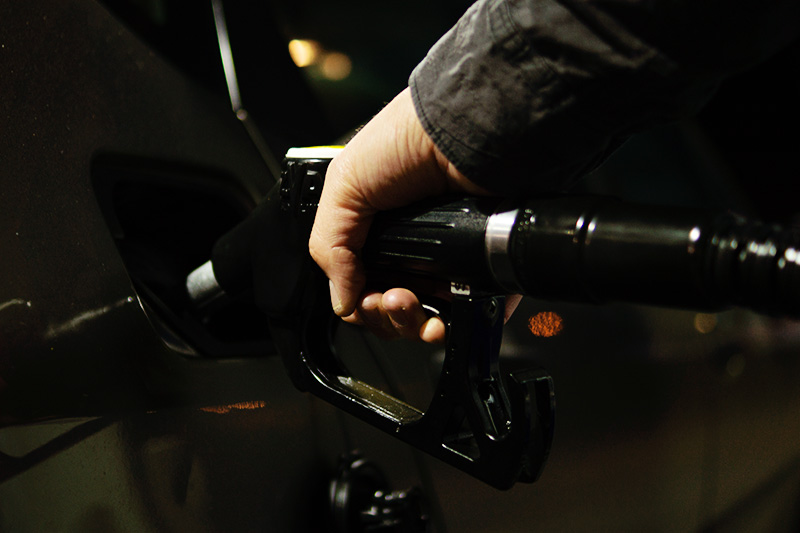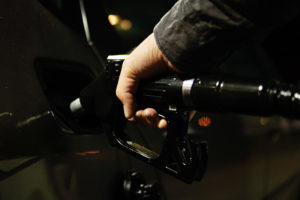In our country, traffic is a common occurrence. Many drivers do anything they can to avoid it. However, in pursuit of roads that are clearer (which rarely ever happens), they are sacrificing more fuel than necessary. This can cost a lot of money over time, which is why most people long after cars that have higher fuel efficiency. Examples of cars with excellent fuel efficiency are the Toyota Vios and the Toyota Wigo. The Philippines also experiences fluctuations in gas prices which can be a hassle to motorists – especially when the prices reach expensive amounts.
If you have a car that doesn’t have a great fuel efficiency aspect and aren’t ready to trade it in for a better car, you can try these methods to help save your money and energy!
Use Your Right Foot Correctly
This is as simple as it sounds. If you’re trying to chase the traffic lights before it turns red, and you’re pressing the gas like nothing else matters, you’re essentially wasting your gas and reducing the miles per gallon you consume.
Fun fact: you can increase fuel efficiency by 15% when you’re cruising at or below 65 miles per hour when compared to driving over and beyond 65 mph.
Driving slowly increases your mpg rate because when you’re going above and beyond 65 mph, it increases the power that your engine has to put out to fight the drag. Ergo, more gas consumption.
Granted, cars are built for speed. But in dire times when you need to save gas and money, it will be wiser to choose lower fuel consumption than faster speeds.
Another thing to take note of is avoid stepping on the brakes to achieve a full stop. Instead of increasing your speed to make it to the front of the pile of cars at a traffic light, just don’t. Decrease your speed instead if you know you’re not going to be able to cross so that when the traffic lights go green, you won’t need to do a full stop! This will significantly increase your mpg.
Watch your tires
Have you ever wondered why some people regularly check tire pressure? It is obviously a safety measure, but it’s also about reducing the rotating resistance of the tires. When the pressure of the tires is not maintained, the pressure that it adds to the engine increases. The engine will then need to use more power to compensate for the resistance of the tires.
More power output from the engine means more fuel consumption. Make it a habit to check your tire’s pressure and ensure that it is up to the standards that the manufacturer recommends. This is a good way to improve fuel efficiency.
Get a Power Chip
Incorporate a power chip in your vehicle to help with its electronic aspects. The power chip will modify how your engine works to make it work more efficiently and increase the horsepower output. Just be sure to purchase a legitimate power chip! In addition, choose a trustworthy shop to install it. If anything goes wrong with the chip or its installation, it will be doing more harm than good. If your car already has a power chip installed you can upgrade it instead.
Deceptively small decisions such as those above can potentially help you save money and energy in the long run. It’s always better to choose a fuel-efficient car, but there are ways to still improve fuel efficiency in other cars. It is important to make sure that anyone making modifications to your car is a trusted shop with a good track record.


